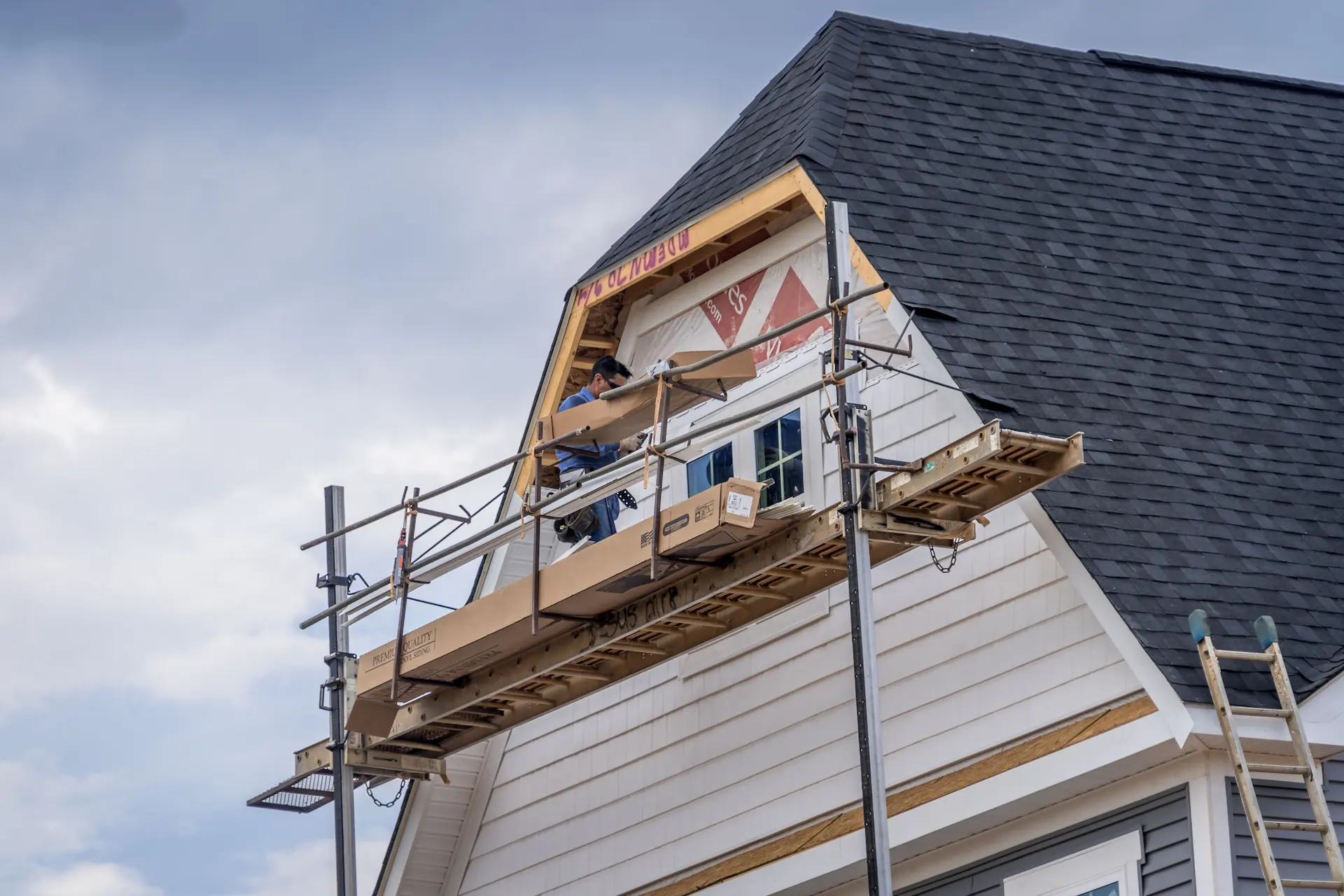Working with H&F couldn’t have been a better experience! I was initially overwhelmed by the idea of replacing my roof, but Jill helped me through the entire process with patience, professionalism, and enthusiasm. She was in constant communication with me about all aspects of the project, and meeting with her always felt more like getting together with a friend rather than a business transaction. The roof installation took less than a day, and the finished project is gorgeous!!! I could not be happier! Thank you to Jill and everyone at H&F!
Awesome! Unbelievable Transformation of Home. Excellent Quality, Outstanding Workmanship, Truly Professional Crew, Friendly, Caring and Hardworking. Best Service and Responsiveness EVER.
Absolutely fantastic people to work with, but the way they worked with my insurance company to get everything done within the budget couldn’t have worked out any better. Will definitely use them again in the future!!!
We had an AMAZING experience with this company, and Jill was terrific. She guided us through the process after storms damaged our home, so it was stress and hassle-free! We could not believe how new and beautiful our home looked when they finished. There is no other company that we will use for our home in the future!
Fully insured and qualified team of passionate roofing experts
Locally owned and operated
Multiple brands and color choices
Free quote with no obligation to commit
Weekly status update text or calls from our team
Free 3D modeling of your home to help you select colors and styles
Quality Walk with a team member to ensure you’re completely satisfied
Direct communication with your insurance company to help manage your claim
Ready to take advantage of all these perks? Reach out to our team to get started with your siding replacement today!
Working with H&F couldn’t have been a better experience! I was initially overwhelmed by the idea of replacing my roof, but Jill helped me through the entire process with patience, professionalism, and enthusiasm. She was in constant communication with me about all aspects of the project, and meeting with her always felt more like getting together with a friend rather than a business transaction. The roof installation took less than a day, and the finished project is gorgeous!!! I could not be happier! Thank you to Jill and everyone at H&F!
Awesome! Unbelievable Transformation of Home. Excellent Quality, Outstanding Workmanship, Truly Professional Crew, Friendly, Caring and Hardworking. Best Service and Responsiveness EVER.
Absolutely fantastic people to work with, but the way they worked with my insurance company to get everything done within the budget couldn’t have worked out any better. Will definitely use them again in the future!!!
We had an AMAZING experience with this company, and Jill was terrific. She guided us through the process after storms damaged our home, so it was stress and hassle-free! We could not believe how new and beautiful our home looked when they finished. There is no other company that we will use for our home in the future!
Cracks, warping, breaks, or missing pieces


Looking for a reliable siding company for siding replacement near you? Our team of experienced professionals is here to provide top-notch siding replacement services right in your neighborhood. With a focus on quality, reliability, and customer satisfaction, we’ll ensure your siding replacement is done efficiently and effectively.
Don’t wait any longer, contact us today for a free estimate and let us take care of all your siding and home exteriors needs. Your satisfaction is our top priority!
Done right. Every time. Our skilled professionals in Edwardsville can replace your siding at an affordable price. We provide reliable services and ensure your overall satisfaction with our work.
Working with H&F couldn’t have been a better experience! I was initially overwhelmed by the idea of replacing my roof, but Jill helped me through the entire process with patience, professionalism, and enthusiasm. She was in constant communication with me about all aspects of the project, and meeting with her always felt more like getting together with a friend rather than a business transaction. The roof installation took less than a day, and the finished project is gorgeous!!! I could not be happier! Thank you to Jill and everyone at H&F!

Awesome! Unbelievable Transformation of Home. Excellent Quality, Outstanding Workmanship, Truly Professional Crew, Friendly, Caring and Hardworking. Best Service and Responsiveness EVER.

Absolutely fantastic people to work with, but the way they worked with my insurance company to get everything done within the budget couldn’t have worked out any better. Will definitely use them again in the future!!!

We had an AMAZING experience with this company, and Jill was terrific. She guided us through the process after storms damaged our home, so it was stress and hassle-free! We could not believe how new and beautiful our home looked when they finished. There is no other company that we will use for our home in the future!

When it comes to home exteriors, we check all the boxes!